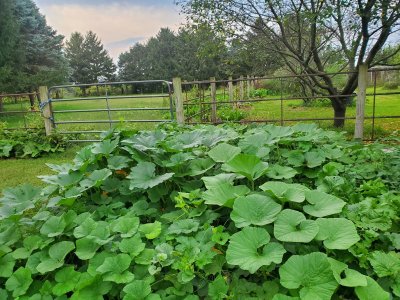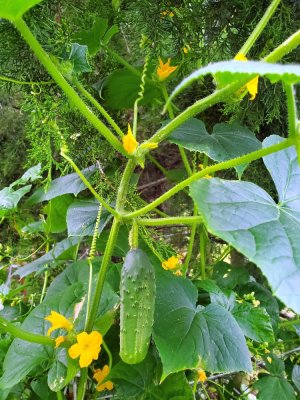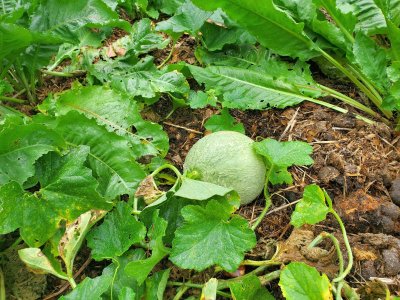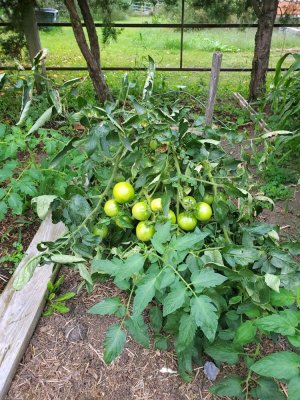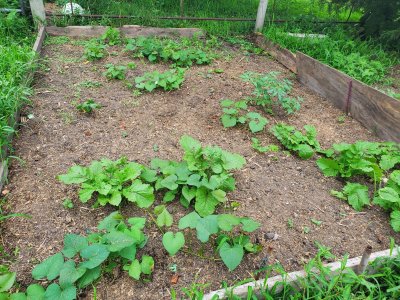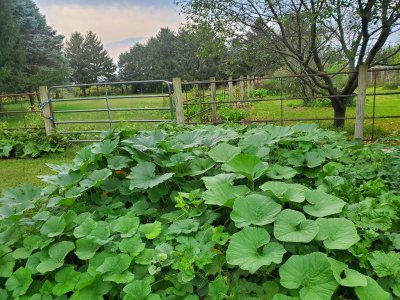Cosmo spring garden
Garden Addicted
- Joined
- Aug 9, 2019
- Messages
- 1,066
- Reaction score
- 3,207
- Points
- 247
Thank you for posting your observation! I will have to try this next year. Cabbage loopers are horrible and made my broccoli harvest inedible this year. So many loopers in the water I was washing the broccoli.Or take off holding food as heavy as themselves? They must take flying lessons from the bumblebees.
I don't grow any crucifers because the cabbage loopers are active all summer, and the level of intervention required to combat them is more than I'm willing to take on. I would either need to cover the plants all summer, or spray every two weeks. However, I'm thinking about trying broccoli near the yardlongs next year, to see if the wasps will keep it caterpillar free.


